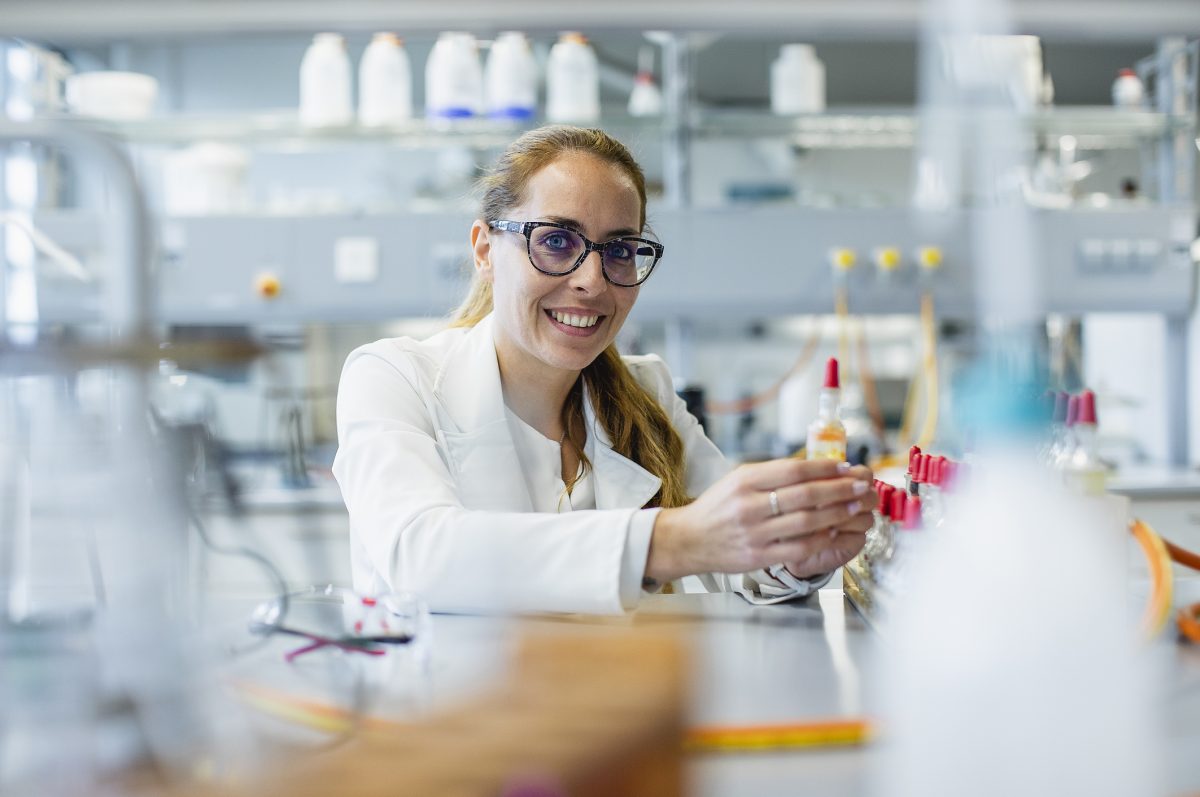Vitamin D is quite the multitasker. Not only is it significantly important in helping the body absorb calcium to build and maintain healthy bones, but it also regulates cell growth and the proper function of muscles, nerve cells and the immune system.
Unfortunately, too many of us aren’t getting enough vitamin D. In the U.S. alone, about 35% of adults have a vitamin D deficiency. That can result in bone pain, muscle weakness, increased risk of osteoporosis and fractures — as well as raise the risk of certain types of cancer and autoimmune diseases.
While vitamin D deficiency is mainly the result of not getting enough vitamin D from sun and diet, in some cases, it can be traced to a gene mutation. And this mutation just revealed a shocking secret that may help in the fight against cancer…
The tumor-busting power of SDR42E1
Researchers were inspired by an earlier finding of a link between a specific mutation in the SDR42E1 gene on chromosome 16 and vitamin D deficiency. The mutation caused SDR42E1 to be cut short, which rendered it inactive.
Using a specific type of gene editing, the researchers transformed the active form of SDR42E1 in a line of cells called HCT116 into its inactive form. The HCT116 cells were from a patient with colorectal cancer. The expression of SDR42E1 is usually abundant in HCT116 cells, which suggests the protein is essential for their survival.
The results of introducing the faulty, inactive copy of SDR42E1 to the HCT116 cells were astonishing: the viability of the cancer cells plummeted by 53%.
In addition, at least 4,663 “downstream” genes changed their expression levels, suggesting SDR42E1 is a crucial molecular “switch” in many reactions necessary for cellular health. Many of these genes are normally involved in cancer-related cell signaling and the metabolism of cholesterol-like molecules. This is consistent with the central role of SDR42E1 in calcitriol synthesis.
In short, the results suggest inhibiting SDR42E1 can selectively kill cancer cells by depriving them of vitamin D, while leaving neighboring cells unharmed.
“Our results open new potential avenues in precision oncology, though clinical translation still requires considerable validation and long-term development,” says first author Dr. Nagham Nafiz Hendi, a professor at Middle East University in Amman, Jordan.
Increasing vitamin D could also be possible
Starving selected cells of vitamin D isn’t the only possible application of this technology. The results also hint at a potential benefit to artificially increasing levels of SDR42E1 in local tissues through gene technology.
“Because SDR42E1 is involved in vitamin D metabolism, we could also target it in any of the many diseases where vitamin D plays a regulatory role,” says corresponding author Dr. Georges Nemer, a professor at Hamad Bin Khalifa University in Qatar.
“For example, nutrition studies have indicated that the hormone can lower the risk of cancer, kidney disease and autoimmune and metabolic disorders.”
However, Hendi says, such broader applications should be approached with caution, since the long-term effects of SDR42E1 on vitamin D balance are still not fully understood.
It will be years before this research produces any therapeutic benefits. Until then, the best thing we can do for our health is to work hard to maintain healthy vitamin D levels.
It can be tough to get enough vitamin D-producing sun exposure — none of us wants to risk skin cancer. The good news is that it doesn’t take much, at least in spring and summer.
If you can expose 25 percent of your body (the hands, face, neck and arms) to the sun, it only takes about 8 to 10 minutes at noon to produce the recommended amount of vitamin D.
Unfortunately, it takes more time in the winter to synthesize vitamin D from sunlight: If just 10 percent of the body is exposed, it would take nearly 2 hours of sun exposure at noon to produce vitamin D. That’s a sunburn waiting to happen.
It’s important to note, though, that several factors can impact vitamin D and call into question whether it’s a one-size-fits-all vitamin.
For example, in a review of the VITAL study, people with what was considered “normal” body mass index could expect a much higher risk reduction for developing advanced cancer than people with a higher BMI.
A person’s age, sex and cholesterol levels can also impact their body’s ability to make and maintain vitamin D. If you supplement, be sure to use vitamin D3. It’s known to be more easily absorbed by the body.
Sources:
CRISPR uncovers gene that supercharges vitamin D—and stops tumors in their tracks — ScienceDaily
SDR42E1 modulates vitamin D absorption and cancer pathogenesis: insights from an in vitro model — Frontiers in Endocrinology
Vitamin D Deficiency — Cleveland Clinic
Vitamin D — You and your Hormones
Ask the Doctors – How much sunshine do I need for enough vitamin D? — UCLA Health
Read full article here


